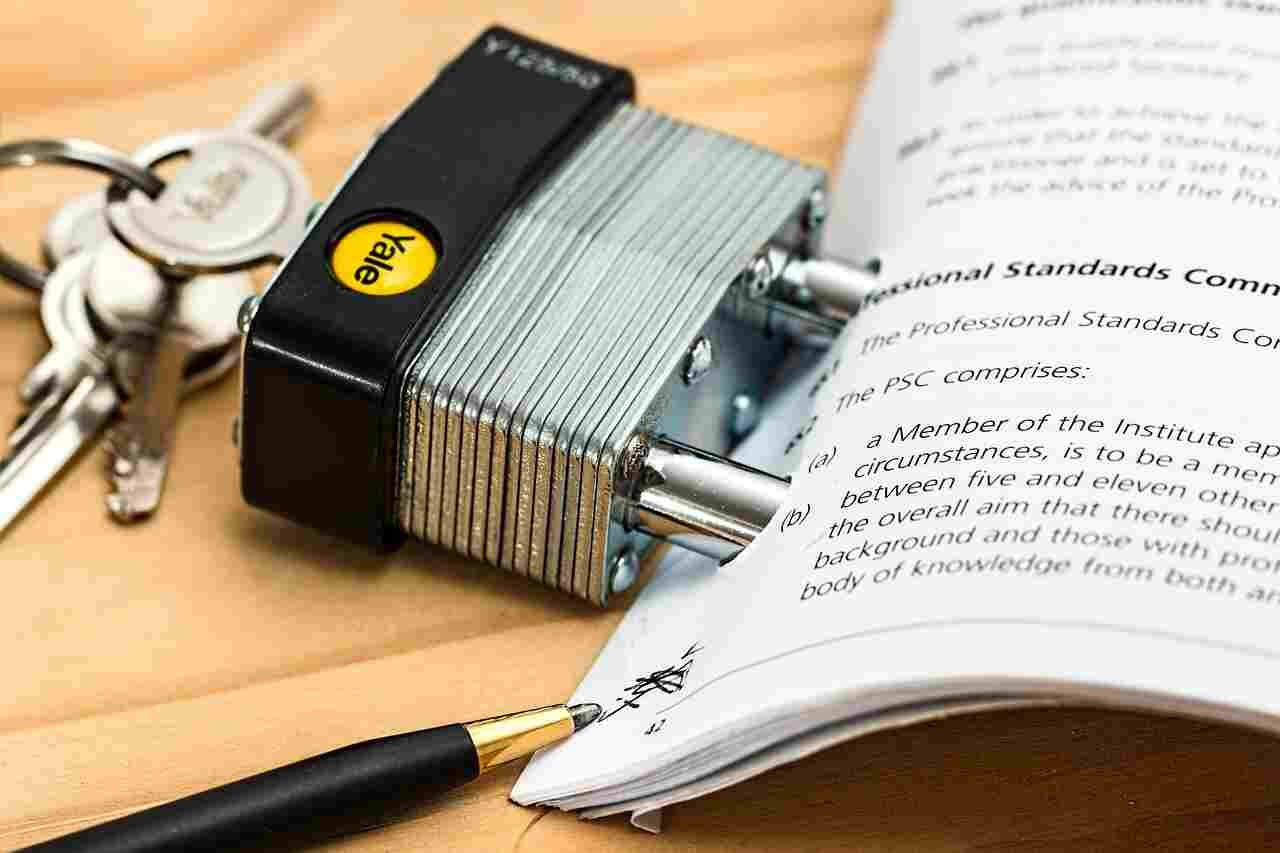Simple Agreement for Future Equity (SAFE)
Are you a manager of a start-up in the process of fundraising or a future investor? Then you have certainly already heard of the SAFE: Simple Agreement for Future Equity (SAFE). Read this article to know all about this type of financing and its advantages.
A particular quasi-equity tool, the SAFE has become a preferred tool in practice, particularly in this period of crisis.
We will tell you how SAFE works and the advantages of this mechanism.
✍️ In summary
- The acronym “SAFE” stands for Simple Agreement for Future Equity or simply: “stock subscription warrant – rapid investment agreement”, similar to a warrant, except without determining a specific price per share at the time of the initial investment.
- The SAFE is a transferable security giving access to the share capital on a deferred basis. The voucher will allow its holder to subscribe for shares to enter the capital of a company.
- The SAFE allows a deferred entry into the capital of the investor.
- While the SAFE is characterized by its simplicity of implementation, the securing of its discount mechanism and the determination of the terms of use should not be neglected.
1. SAFE: genesis (origin) and definition
The acronym “SAFE” stands for “stock subscription warrant – rapid investment agreement”.
SAFE is an investment contract used to invest in early-stage startups in return for the rights to subscribe for new shares in future.
This investment model is inspired by the “SAFE” (for “Simple Agreement for Future Equity”) designed by the American accelerator Y Combinator.
Its name reflects a notion of simplification but also of security. It is a particularly easy tool to implement, allowing the startup to quickly benefit from financing.
2. SAFE: use and operation
The share subscription warrant (BSA)
The SAFE is a transferable security giving access to the share capital on a deferred basis. The voucher will allow its holder to subscribe for shares to enter the capital of a company.
The primary trigger is generally the sale of preferred shares by the company, typically as part of a future priced fund-raising round. Unlike a straight purchase of equity, shares are not valued at the time the SAFE is signed. Instead, investors and the company negotiate the mechanism by which future shares will be issued, and defer actual valuation.
These conditions generally involve a valuation cap for the company and/or a discount to the share valuation at the moment of the trigger event. In this way, the SAFE investor shares in the upside of the company between the time the SAFE is signed (and funding provided) and the trigger event.
Warrants can take two forms in particular:
- the SAFE
- the SAFE with ratchet clause (exclude clause or limitation).
The latter are sometimes imposed during a classic fundraising because they allow its holder to automatically adjust upwards, for a symbolic price, his own percentage of capital holding, in proportion to the drop in the valuation of the company. noted during a future fundraising. more privileged within the framework of the management package, because they make it possible to retain and motivate managers or key employees who can, if they achieve certain objectives, use their BSA to subscribe to shares at a price determined in advance.
This is a capital incentive tool set up by investment funds, often majority shareholders at the end of the fundraising, with the aim of motivating the employee to invest in growth. of the society.
Conversely, the SAFEs are characterized by a deferred entry into the capital of the investor, which avoids immediately diluting the founders.
Read also: Business Valuation: definition and calculation
The mechanics of SAFE: Simple Agreement for Future Equity
As we have said, the SAFE allows a deferred entry into the capital of the investor.
Basic mechanics
The precise conditions of a SAFE vary. However, the basic mechanics are that the investor provides a certain amount of funding to the company at signing. In return, the investor receives stock in the company at a later date, in connection with specific, contractually-agreed on liquidity events.
At a discounted valuation
The “SAFE” investor will bring a certain amount of money to the company and receives a SAFE in exchange. In concrete terms, this SAFE is a kind of ticket, the value of which is equal to the investment made. It grants its holder the possibility of subscribing to shares in the company, at a discounted valuation, upon the occurrence of a subsequent event determined according to the terms defined in the issuance contract. This is most often a new round of financing, for example.
In summary, the “SAFE” investor will make his funds available to the company which can use them immediately, but the investor will enter (and therefore become a shareholder strictly speaking) later.
3. SAFE legal and financial framework
While the SAFE is characterized by its simplicity of implementation, the securing of its discount mechanism and the determination of the terms of use should not be neglected.
Securing the haircut (reduction applied to the value of an asset.) mechanism
All the interest of the SAFE is based on the principle of discount. When investing, the company was not valued and therefore it is difficult to determine what the investment is worth in terms of shares. This is why when the “SAFE” investor enters the capital, i.e. when the event in question has taken place, he will benefit from a subscription to shares at a discounted valuation.
For example: the liquidity event is a fundraising at the end of which an investment fund enters the capital of the company, then valued at 3 € million. The fund will subscribe to a certain number of shares in the company, the price of which will be set according to this valuation.
Unlike the fund, the “SAFE” investor benefits thanks to his SAFE from a 30% discount. He will therefore subscribe to shares whose price will be set according to a discounted valuation, i.e. 2.1 million euros (i.e. 3,000,000 – 30%). This discount is supposed to correspond to the value of the company at the time of the investment made by the “SAFE” investor. The latter will therefore be able to subscribe to more shares within the limit of the value of his SAFE.
✏️ Note
The investor takes a risk by making a contribution without prior determination of the valuation of the company and above all, without being able to immediately subscribe to its shares. To protect it, the practice has created the “enhancement tunnel”.
The use of the SAFE will be framed according to a “floor” valuation (for “floor”) and a “cap” valuation (for “ceiling”). In concrete terms, the parties will negotiate the floor and the cap between themselves, which make it possible to limit the price per share and to predict in advance the number of floor and ceiling shares that can be subscribed. These values will be used in the event that the valuation of the subsequent financing round crosses these limits.
Determine the terms of use of the SAFE by the investor
As its name suggests, the SAFE requires the negotiation of an agreement which will determine:
- The amount of the investment made;
- The exercise period of the SAFE;
- The discount rate;
- Where applicable, the floor and/or cap valuation;
- The liquidity event(s) likely to trigger the exercise of the SAFE; and
- The possible transferability of the SAFE (allowing the SAFE investor to transfer it to a third party who can then exercise it).
4. SAFE: what advantages?
For the start-up, the SAFE is a flexible legal instrument. This allows it to strengthen its equity quickly by avoiding the immediate dilution of existing shareholders. Moreover, the absence of valuation does not in fact imply an audit by an auditor.
The company obtains equity financing quickly without having to immediately create new shares.
For the investor, the SAFE is a secure tool, thanks in particular to the implementation of the valuation tunnel. His risk will be rewarded when he enters the capital under advantageous conditions and will thus be able to subscribe to more shares than during a traditional fundraising.
5. The importance of being accompanied by a lawyer
If the SAFE seems simple to implement, its implementation must however correspond to the objectives of the company but also to the interests of the investor. To secure the process around the valuation tunnel, it is necessary that concrete modeling be carried out from the start, so that each party knows what it will gain in terms of subscription of shares, for the investor, and what ‘it will lose in terms of dilution, for the shareholders in place.
In addition, the SAFE can have real tax advantages for the investor who would like to retain the benefit of the tax deferral or suspension regime, hence the importance of being advised by specialists.
Sources: PinterPandai, Y Combinator, FINRA, ManagementStudyGuide
Photo credit: stevepb via Pixabay



